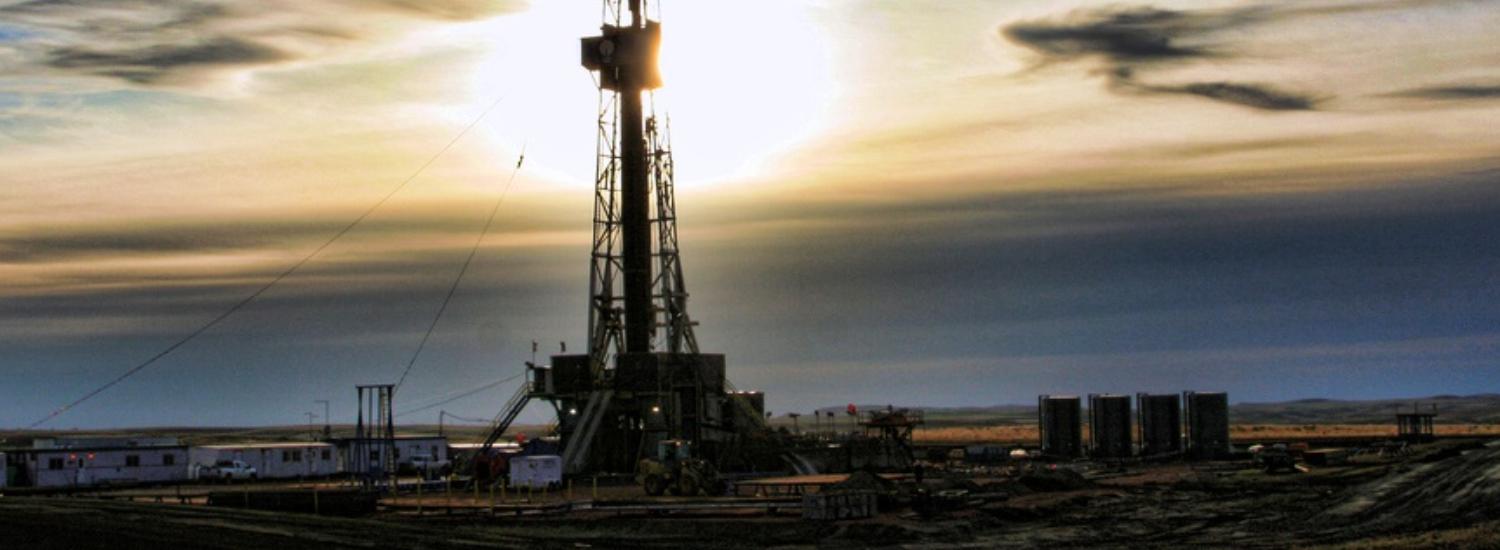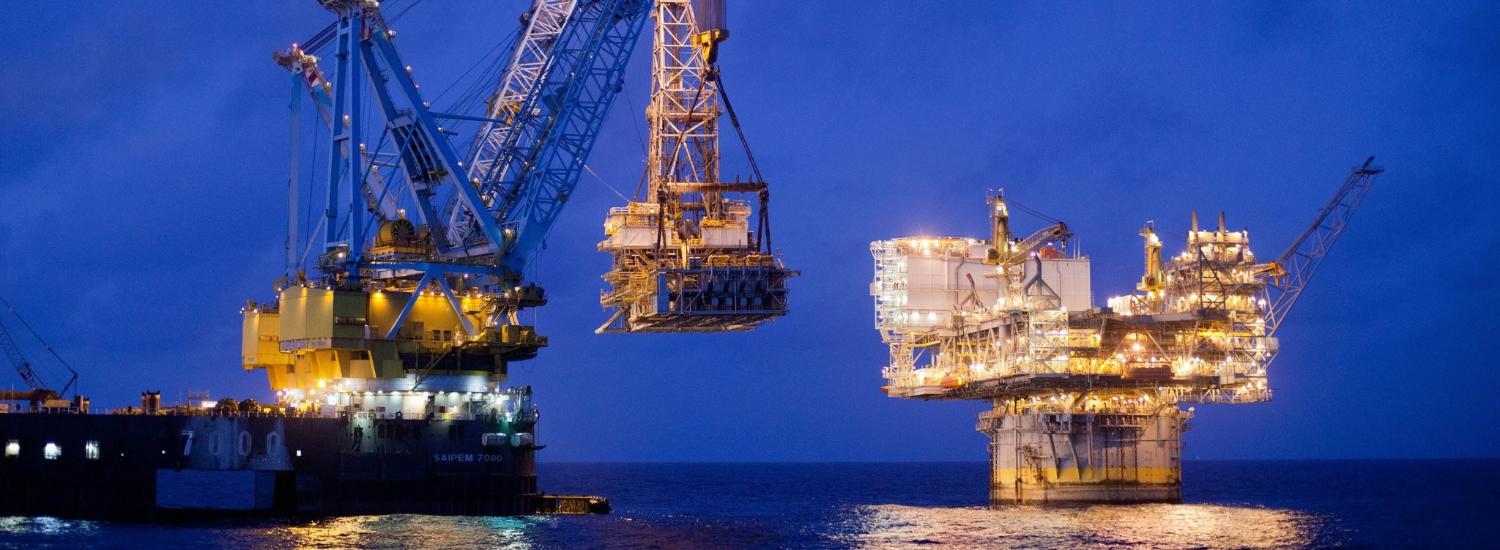Lifting Capacity in Drilling Horizontal Wells
Abstract It is found in the literature that correlations and methods used in the determination of the lifting capacity for vertical wells cannot be applied directly for calculating the lifting capacity for horizontal well section without modifications. It is therefore necessary to formulate a new experimental technique from which new lifting capacity correlation is deduced which will be applied for the determination of the lifting capacity for the horizontal well section.The phenomena of cuttings concentration accumulated in the bottom of the horizontal section which is present in horizontal wells, does not exist in the vertical sections of the well. This problem makes it necessary to conduct an experimental work in a horizontal well simulator, to exactly simulate the drilling operation in the horizontal section of the well, from which lifting capacity values are determined for different mud formulations containing different cuttings sizes, concentrations and different mud reheology circulation at different flow rates. The objective of this study is to investigate the behavior of whole cleaning in the horizontal well section and to determine the factors effecting the cleaning capacity of the mud in this section. Also to deduce correlations relating the lifting capacity of the mud in the horizontal section of the well with various drilling parameters and mud circulation conditions. This study is conducted in the laboratory using a horizontal well simulator consists of the circulating mud component similar to that present in actual drilling operations. The experimental work used consists of using four muds formulation systems mixed with different cutting sizes and concentrations. The returned cuttings are extracted from mud return line for selected given time increments and accordingly their weights and sizes are determined. It is concluded that there is an optimum cutting size for maximum lifting capacity for each cutting concentrations used. The lifting capacity observed form the experimental results is not only dependent on mud velocity, but it is also dependent on the cutting concentrations used. It was observed that when cleaning the system after each experiment, accumulation of rock cuttings were present in the bottom of the horizontal section of the model. In this study a lifting capacity correlation relating the lifting capacity with mud flow rate, cutting size, cutting concentration, mud density, and mud viscosity is generated for the horizontal section of the well. Therefore it recommended that cleaning of the horizontal section of the well should be conducted frequently (consecutively) after each drilling time increment, which means that the drilling operation is stopped and the mud circulation rate is set to maximum. A maximum mud circulation rate is needed in order to ensure that the cuttings generated by the bit are removed efficiently in the horizontal section. It is therefore recommended during drilling the horizontal section a sequential drilling and cleaning technique should be applied.
عادل محمد جالوتة (2010)
Publisher's website







